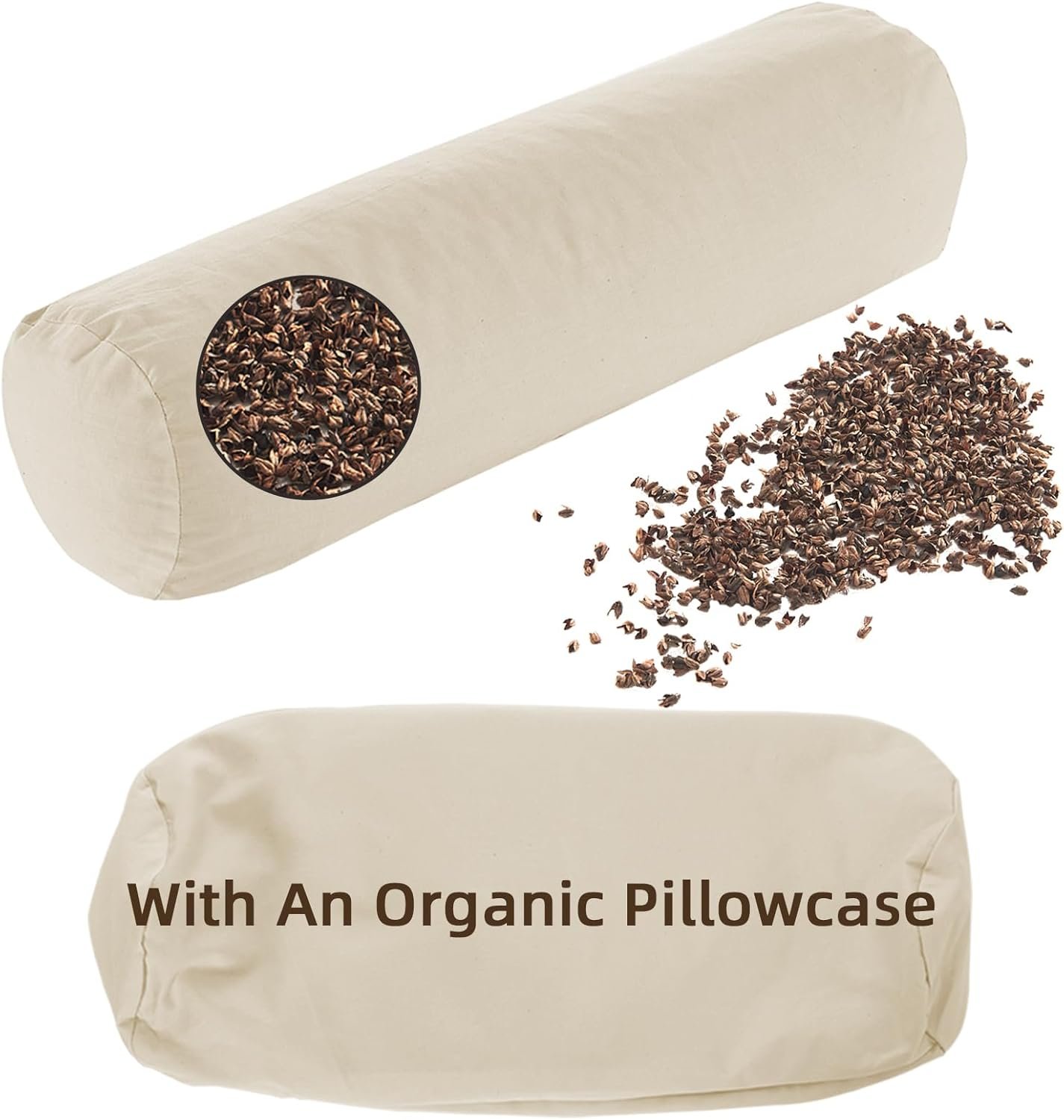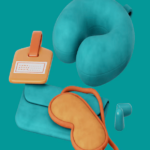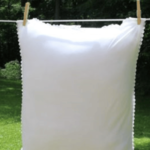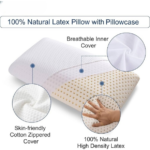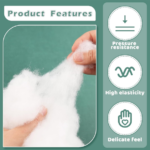If you’re wondering how to recycle your old buckwheat hull-filled Body Prop or Bone pillow, you’re in the right place. These unique pillows are known for their durability and support, but with time, they may need a little refresh. Fortunately, there are several creative ways to give them a second life.
Recycling your old buckwheat hull-filled pillows not only helps to reduce waste but also allows you to explore new functionalities. Instead of tossing it out, consider repurposing it into something useful for your home.
One option is to transform the pillow into a cushion for outdoor seating. It can provide comfort while you enjoy your garden or patio. Alternatively, you might use the filling to create pet bedding, offering a cozy spot for your furry friends.
In this article, we’ll explore various methods to recycle your old buckwheat hull-filled Body Prop or Bone pillow, keeping sustainability at the forefront. Let’s dive into the possibilities and find ways to extend the life of this versatile product!
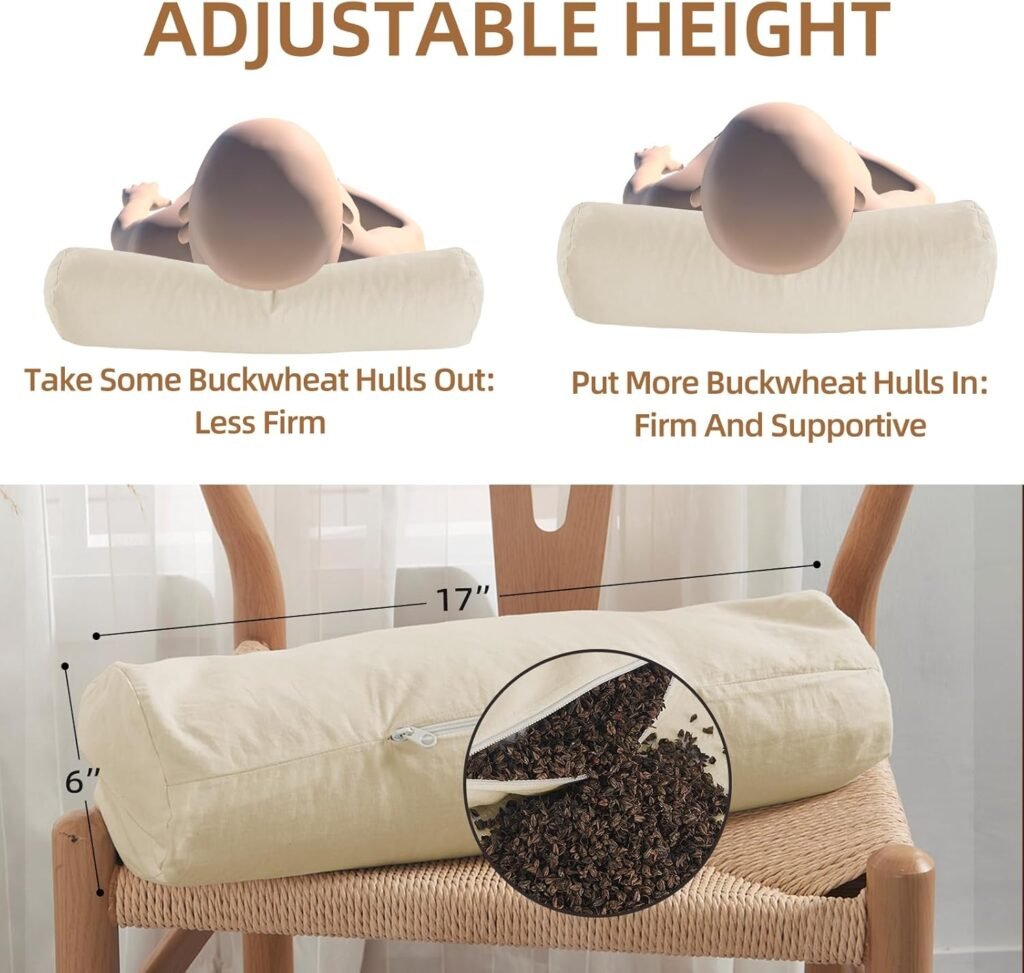
Why Recycling Your Buckwheat Hull-Filled Pillow Matters
Choosing to recycle your buckwheat hull-filled Body Prop or Bone pillow benefits both your household and the environment. Unlike synthetic pillows that end up in landfills for decades, buckwheat hull pillows are made from natural, biodegradable materials. When recycled properly, they break down quickly and can even be reused in a variety of ways, including DIY projects, garden mulch, and more.
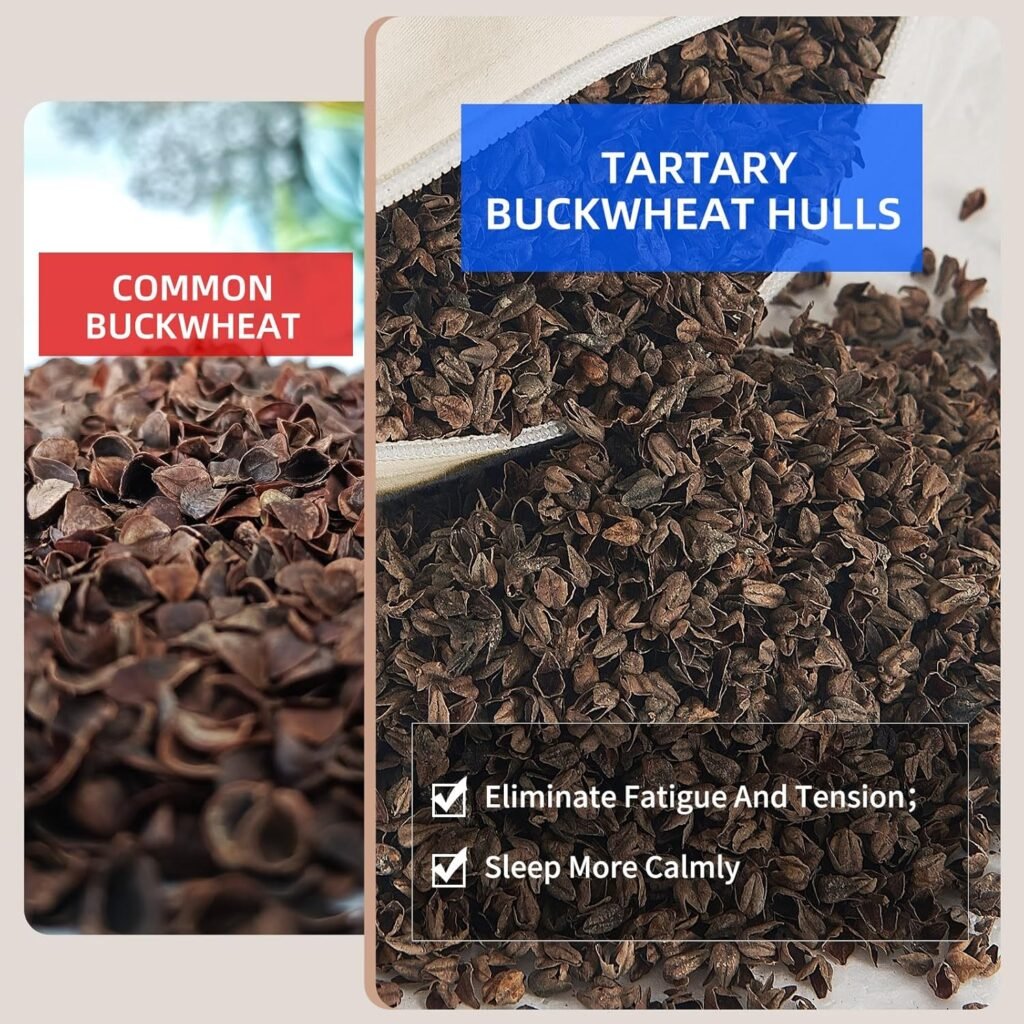
When Should You Replace or Recycle Your Buckwheat Pillow?
Though buckwheat hull pillows can last up to a decade, there are signs that it’s time to retire them or find creative ways to recycle. Here’s when to consider doing so:
Loss of Support:
Over time, buckwheat hulls may lose their original firmness.
Odors or Moisture:
If the pillow starts to smell or feel damp, it’s time to empty or replace the hulls.
Wear and Tear:
If your pillow cover is torn or hulls are leaking, recycling is the best course of action.
Step-by-Step Guide: Recycling and Repurposing Your Buckwheat Pillow
1. Reuse the Buckwheat Hulls
The core of the pillow, the buckwheat hulls, are very versatile and can be reused in numerous ways. Start by unzipping the pillow cover and pouring the hulls into a container. Before reusing them, sift them through a colander to remove dust, and spread them out in the sun to eliminate any odors.
DIY Pillows and Cushions
Make another buckwheat hull-filled pillow or cushion by refilling a pillowcase or sewing your own. Body Prop and Bone pillows have the perfect amount of hulls for making footrests for your seat or recliner, a popular option for long car rides.
Footrest or Bean Bag Filling
The amount of buckwheat left from your old Body Prop pillow is ideal for small DIY projects like a bean bag or footrest. The hulls provide firm yet adjustable support, making these items highly practical and eco-friendly.
Mulch for Your Garden
If the hulls seem too old for another pillow, consider using them as mulch in your garden. Buckwheat hulls help retain soil moisture and prevent weeds, especially for plants like roses. As they break down, they enrich the soil with organic material.
2. Repurpose the Pillow Cover and Non-Slip Materials
Don’t let the pillow cover go to waste! Here are ways to repurpose it:
Reusable Storage Bags
If you’re handy with sewing, transform your pillow cover into reusable storage bags for household items. Sew the edges, and you’ll have an eco-friendly alternative to disposable bags.
Non-Slip Material Reuse
Older Body Prop pillows come with a non-slip material, which can still serve a purpose after the pillow’s lifecycle. Clean it to reactivate its grip and use it for:
- Securing a foot pedal (like a sewing machine pedal) to prevent slipping.
- Keeping your phone or other small items from sliding on your car’s dashboard.
- Lining drawers or workspaces to stop objects from moving around.
If you have newer models with neoprene non-slip material, you can cut and glue two pieces together to make it grippy on both sides. This is great for keeping devices like tablets or Kindles in place when reading in bed.
Make Reusable Cleaning Clothes
Cut up the old pillow cover to create reusable cleaning cloths, perfect for reducing your use of paper towels.
3. Composting the Buckwheat Hulls
Composting is one of the most environmentally friendly ways to dispose of the hulls. Because buckwheat hulls are natural and decompose quickly, they make excellent compost material. They also help improve air circulation in compost heaps, speeding up the decomposition of other organic matter.
4. Eco-Friendly Disposal Methods
If repurposing or composting isn’t an option, you can responsibly dispose of your Body Prop or Bone pillow using these methods:
Donate to Animal Shelters
Many animal shelters accept old pillows, especially those filled with natural materials. Clean the pillow beforehand and donate it to be used as bedding for animals.
Textile Recycling Programs
Check if your local community offers textile recycling services. These programs break down old fabric into raw materials, preventing the waste from ending up in a landfill.
Community Composting Services
If you don’t compost at home, reach out to community gardens or local composting programs. Many accept natural materials like buckwheat hulls.
How to Prolong the Life of Your Buckwheat Hull Pillow
Instead of replacing your buckwheat hull-filled pillow frequently, there are ways to extend its life:
- Air it Out Regularly: Moisture can cause mold, so air your pillow out in the sun periodically.
- Use a Pillow Protector: A high-quality protector keeps dirt, sweat, and moisture away from the hulls, preserving their freshness.
- Clean the Cover: Regularly wash the pillow cover to keep it in good condition.
Conclusion
By following these steps, you can effectively recycle your old buckwheat hull-filled Body Prop or Bone pillow and extend its life while reducing waste. Each choice—whether it’s reusing the buckwheat hulls, repurposing the cover, or composting the materials—ensures that these natural resources are kept out of landfills.
Not only is this approach eco-friendly, but it also offers the rewarding experience of contributing to sustainability in meaningful ways. When you take the time to recycle your old buckwheat hull-filled Body Prop or Bone pillow, you transform what might otherwise be discarded into something functional and valuable. Embrace this opportunity to celebrate creativity and environmental responsibility, and give your pillow a new purpose!
More to Explore:
Recycled Material Pillows
Organic Cotton Pillows
Natural Latex Pillows
Bamboo Pillow
FAQs
Q1: Can I wash buckwheat hulls?
No, washing buckwheat hulls is not recommended. If they become dirty or damp, it’s best to replace them.
Q2: How long do buckwheat pillows last?
With proper care, a buckwheat pillow can last up to 10 years. However, if it loses support or develops an odor, it may be time to recycle it.
Q3: How do I compost buckwheat hulls?
Simply add the dry hulls to your compost pile. They’ll break down naturally and help aerate the pile.
Q4: What’s the difference between buckwheat pillows and regular pillows?
Buckwheat pillows are filled with buckwheat hulls, offering firm, adjustable support, while regular pillows typically use synthetic materials or foam.

